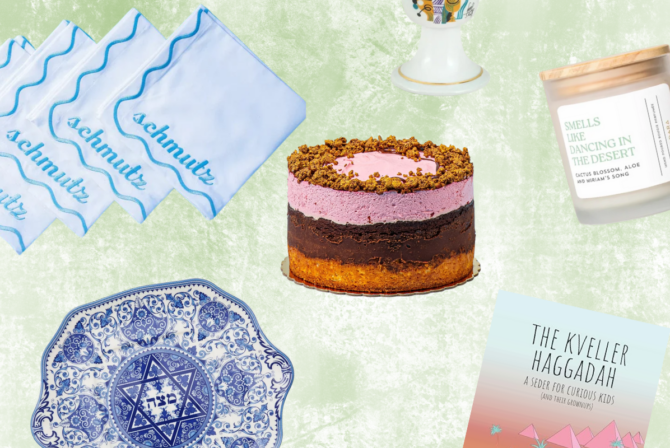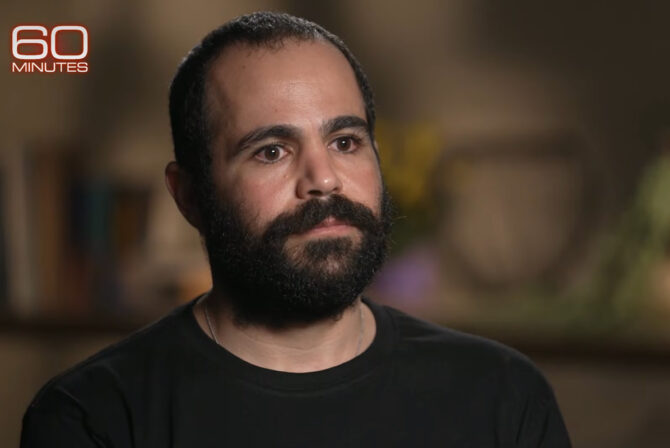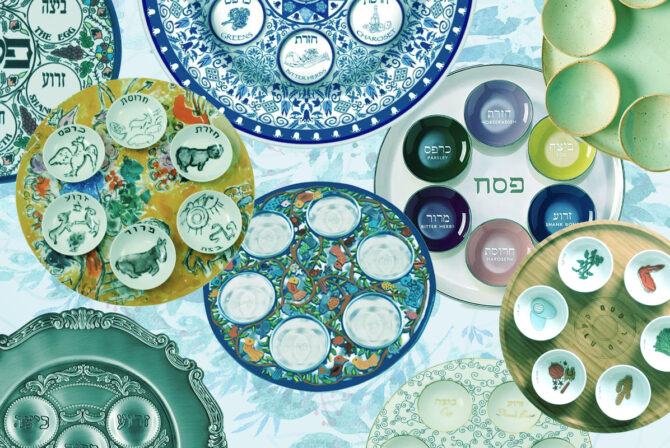We are adopting. If all goes well, within the next few weeks, I will get pregnant and about eight months later I will give birth. But that baby will be adopted. Mind-blowing, no?
We’ve been trying to have a baby for five years. When we started trying, I had just turned 22 years old. We never dreamed we would have any problems. Even when we got the diagnosis that we would need IVF to have a baby, we still wanted to pursue fertility treatments instead of adoption. We wanted to have OUR baby–a baby that would be a combination of the two of us. His eyes and my hair. His smile and my nose. His stubbornness and my sense of humor.
We were incredibly lucky and our first IVF cycle worked. I got pregnant with twins–a boy and a girl. The perfect instant family. We even had four embryos frozen, waiting for us. Everything was finally working out. But after 22 weeks of a perfect twin pregnancy, disaster struck. Our babies were born too prematurely and died. We tried to get pregnant with the four embryos we had frozen, but none of them worked. We did another IVF cycle and I got pregnant again. I miscarried at 10 weeks.
When our next frozen embryo transfer cycle didn’t work, we started talking about adoption. My mother was adopted at birth, so the concept wasn’t foreign. After a lot of long talks and grieving the loss of the idea of having a baby who was half me and half him, we dove into pursuing adoption. And almost immediately hit road block after road block. International adoption? Start with a check for $50,000 but know that’s only part of the cost. Domestic adoption in Israel? Seven year waiting list (the minimum age to apply is 25, so we’ve been on the waiting list since my 25th birthday–only 5 or so years to go!). Everything we tried, we ran into problems…. and we tried everything.
In the meantime, we continued with the IVF. As crazy as it seems, the IVF was the easiest, fastest, cheapest way to have a baby. I got pregnant with a second set of twins–boys who we named Micha and Asaf. Despite constant monitoring, I delivered via C-section at only 24 weeks pregnant. Despite an excellent prognosis after a few days in the NICU, we lost both of our sons, just a few days apart. We tried again. I got pregnant again, and miscarried. We tried again. I got pregnant and we lost another baby boy in utero at 18 weeks. We tried again and I miscarried again.
That’s a total of 11 IVF cycles and six pregnancies. Still waiting, with empty arms. That’s insane. And exhausting.
We went back to the adoption talk. We started talking about what was important to us and what we were willing to give up on. Me being pregnant and giving birth? Worth giving up on. Biologically related to us? Worth giving up on. Baby or older child? Special needs? Race? Sibling set? We decided that what we needed for our family was a healthy baby–as young as possible, but no older than a year. We decided that we were okay with certain physical problems (cleft lip/palate, blindness or deafness, missing limbs) but not others (Cerebral Palsey, etc). We also decided we are not okay with mental disabilities (Down’s Syndrome, Fetal Alcohol Syndrome, etc). Sound selfish? Sure. We get that a lot, even from our closest friends and family. Of course we know that there are lots of older/special needs kids who need homes, and of course we know that those children are harder to place than healthy newborns. That doesn’t mean that taking an older and/or special needs kid is right for our family. Right now, our family needs a healthy baby. An older and/or special needs kid needs things that we just can’t provide.
Lots of things are less than ideal with traditional adoption, even if it were a logistical option for us. There may be custody issues, there are concerns about what the child was exposed to in utero, and if the child is older than newborn, there are questions about what they have been exposed to since birth and problems with neglect, malnourishment, and/or abandonment issues.
So we started trying to think of other options that would give us a baby without the adoption issues, but also allowed us to stop the IVF. We talked about surrogacy, but decided that wasn’t right for us. Surrogacy is expensive and complicated especially since every specialist we’ve seen (and we’ve seen a LOT of specialists!) has told us that I should be able to carry a singleton to term. So we started talking about an egg donor. That way, I would get pregnant (avoiding most of the issue with adoption), but we wouldn’t have to do the IVF again. We talked about doing what is called a “double donor” cycle. Our main problem is sperm, so since we would be paying so much for donor eggs, we talked about using donor sperm too (to increase the chances it would work) and make our own donor embryos.
I belong to several online support groups and brought up the idea of us trying double-donor embryos. One woman, who I’ve known for years on these message boards, contacted me. She said that if we were considering double donor embryos, would we be interested in her leftover embryos? They have three kids from their IVF cycles, and five embryos frozen. They don’t want any more children. She had been talking with her husband about what to do with those five frozen leftover embryos. When I posted in our support group about double-donor embryos, the idea clicked.
The process has been long. For the last six months, we’ve been doing a ton of paperwork. First, we worked with lawyers to draw up an agreement between us and the donor couple. There are lots of legal ramifications and things to consider, such as what happens with the embryos if we divorce? If one of us or both of us die? If I get pregnant, but we want to terminate the pregnancy (either for medical issues or non-medical issues)? What relationship will there be between us and the donor couple? Between any children and the donor couple? Between any children and the donor couple’s children? Luckily, we agreed with the donors on the answers to these questions and others. Then we had to work with the clinics. We are shipping the embryos across the world, from their clinic in the USA to a clinic closer to us. We live in Israel. Israeli law doesn’t allow the import of donor gametes, so we had to get creative. We found a clinic in Europe who is working with us. We shipped the embryos there and I travel to have the embryos transferred into my uterus. Our first try failed. We transferred an embryo but I didn’t get pregnant. Now we are trying again.
There are still a lot of unknowns. Will I get pregnant? If so, will I be able to carry to term? The doctors reassure us the answers to both of those questions is “most likely.”
We’ve started to share this news with family and friends. The response has been mostly positive. Most people are a little confused about how we are adopting but I’ll still be trying to get pregnant, so there’s been a lot of explaining.
My mother is especially excited. I think she’ll like having another adopted kid in the family.
Like this post? Get the best of Kveller delivered straight to you inbox.







